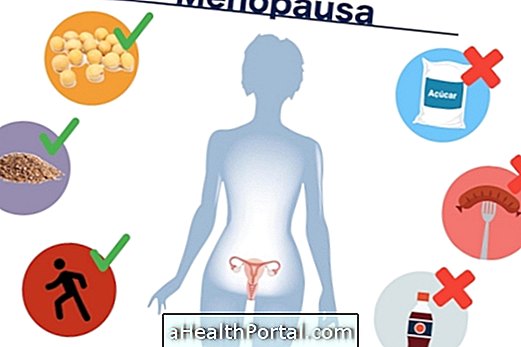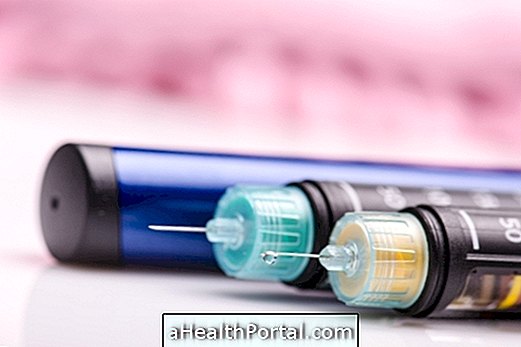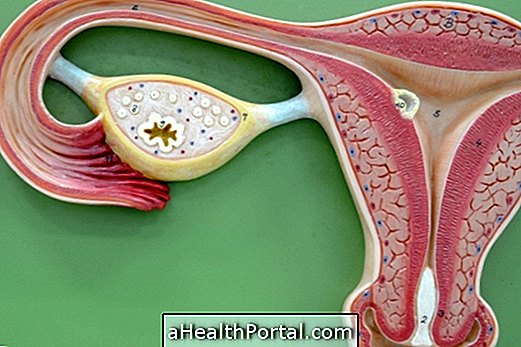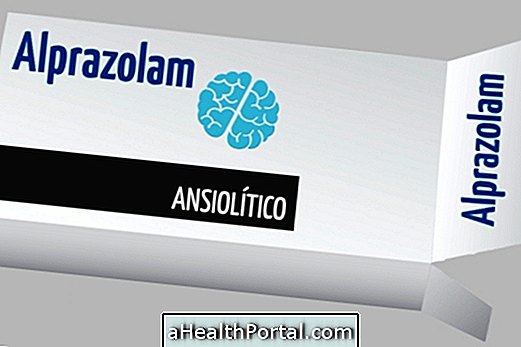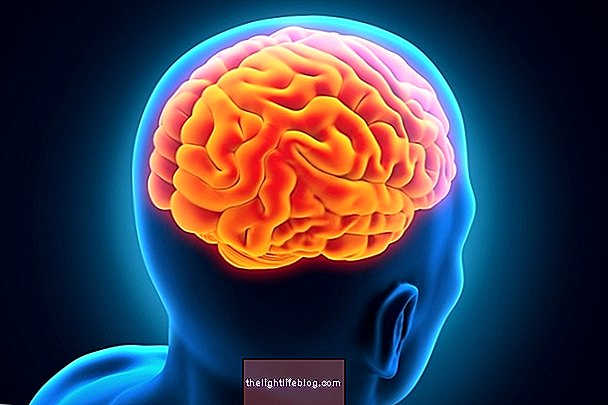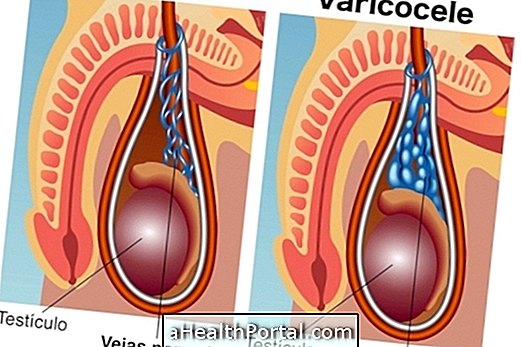Bariatric surgery, weight management and proper nutrition can cure type 2 diabetes because it is acquired throughout life. However, people diagnosed with type 1 diabetes, which is genetic, currently can only control the disease with regular insulin and diet.
To solve this problem and seek the cure for type 1 diabetes, several studies are being carried out on some possibilities that may have the desired response. See what these advances are.
1. Stem cells
Embryonic stem cells are special cells taken from the umbilical cord of a newborn baby that can be worked in the laboratory to transform into any other cell in the crocodile. Thus, by turning these cells into cells of the pancreas it is possible to place them in the body of the person with diabetes, allowing them to return to have a functional pancreas, representing the cure of the disease.
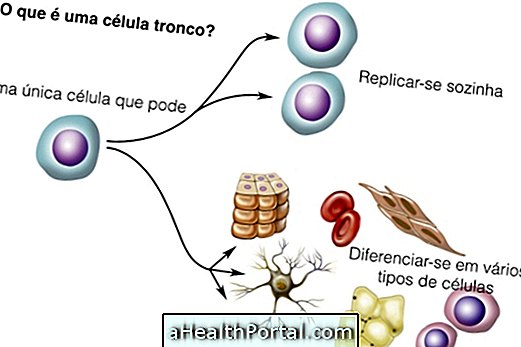
2. Nanovacinas
Nanovacins are small spheres produced in the laboratory and much smaller than the cells in the body, which prevent the immune system from destroying the cells that produce insulin. Thus, when diabetes is caused by this lack of control of the defense cells, the nanovacinas can represent the cure for this disease.
3. Pancreatic islet transplantation
Pancreatic islets are a group of cells responsible for the production of insulin in the body that are damaged in type 1 diabetics. Transplantation of these cells from a donor can bring about cure of the disease because the diabetic returns to healthy cells that produce insulin .
This transplant is done without surgery, because the cells are injected into a vein in the liver of the patient with diabetes through an injection. However, it takes 2 or 3 donors to have a sufficient number of pancreatic islets for the transplant, and the donor needs to take medications for life so that the body does not reject the new cells.
4. Artificial pancreas
The artificial pancreas is a thin device, the size of a CD, that is implanted in the abdomen of the diabetic and causes insulin to be produced. This device continuously calculates the amount of sugar in the blood and releases the exact amount of insulin that must be released into the bloodstream.
It is made from stem cells and will be tested on animals and humans by 2016 and is a promising treatment that can be used to control the blood sugar in many diabetics.
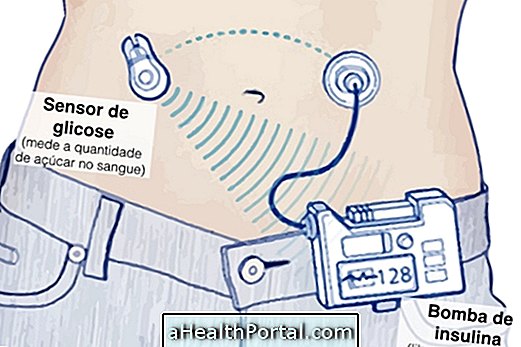
5. Pancreas transplantation
The pancreas is the organ responsible for producing insulin in the body, and pancreas transplantation causes the patient to have a healthy new organ, curing diabetes. However, the surgery of this transplant is complex and is only done when there is a need to transplant another organ, such as the liver or the kidney.
In addition, in pancreas transplantation the patient will also need to take immunosuppressive drugs throughout life, so that the transplanted organ is not rejected by the body.
6. Transplantation of microbiota
Stool transplantation consists of removing feces from a healthy person and passing it on to a diabetic because this causes the patient to have a new intestinal flora, which increases the efficiency of insulin. For this procedure, feces should be laboratory-worked, washed and diluted in saline before they can be injected into the gut of the person who has diabetes through a colonoscopy. Thus, this technique is a good choice for people with type 2 diabetes or with pre-diabetes, but it is not effective for patients with type 1 diabetes.
According to studies, these treatments may be able to cure type 1 and type 2 diabetes, eliminating the need for insulin injections to regulate blood sugar. However, not all of these techniques are approved for humans, and the number of islets and pancreas transplants is still small. Thus, control of the disease must be done through a diet low in sugars and carbohydrates, with the practice of physical activity and with the use of medications such as Metformin or Insulin.
Get to know the insulin patch that can replace the daily intake of insulin injections.
